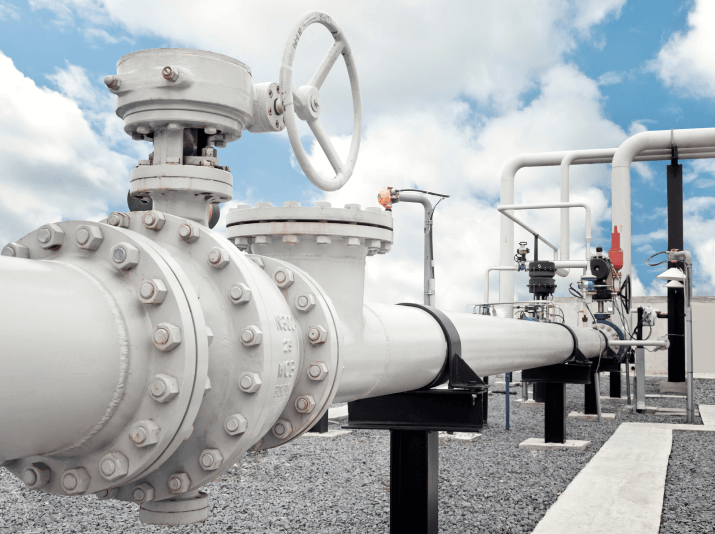
The American School of Gas Measurement Technology (ASGMT) has been at the forefront of flow measurement training since its inception in 1966. Over the years, ASGMT has evolved to encompass comprehensive training in measuring fluids in both gas and liquid states. With a commitment to excellence, ASGMT now offers an extensive curriculum comprising over 120 lecture classes, complemented by 54 Hands-On Product Training sessions led by industry experts, and sessions providing a brief overview of new products.
School
August 31st – September 3rd, 2026
Notice:
Thank you for attending the school this year! We can’t wait to see you at our new Marriott Waterway location in The Woodlands next year!
Notice:
- August 31st – September 3rd, 2026
- September 13th – 16th, 2027
- September 11th – 14th, 2028
ASGMT is dedicated to training, education, and creating a better future through the people who learn from us. As the largest gas measurement school in the United States, we are devoted to natural gas measurement, pressure regulation, flow control, and other measurement related arenas.
Quick Links
Copyright © 2025 American School of Gas Measurement Technology - ASGMT. All rights reserved.
- We’re In Houston
- Privacy Policy
- GDPR EU Policy



